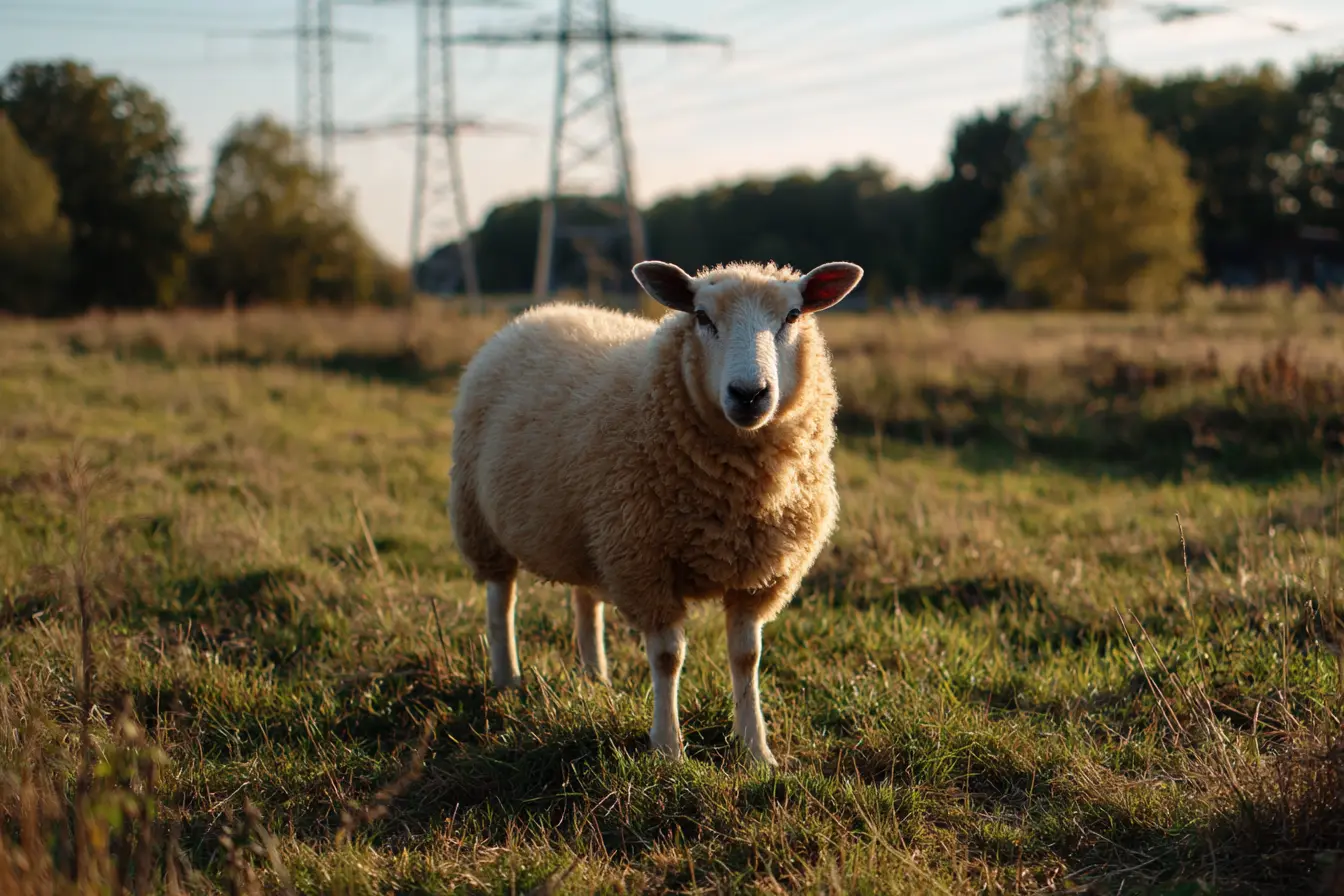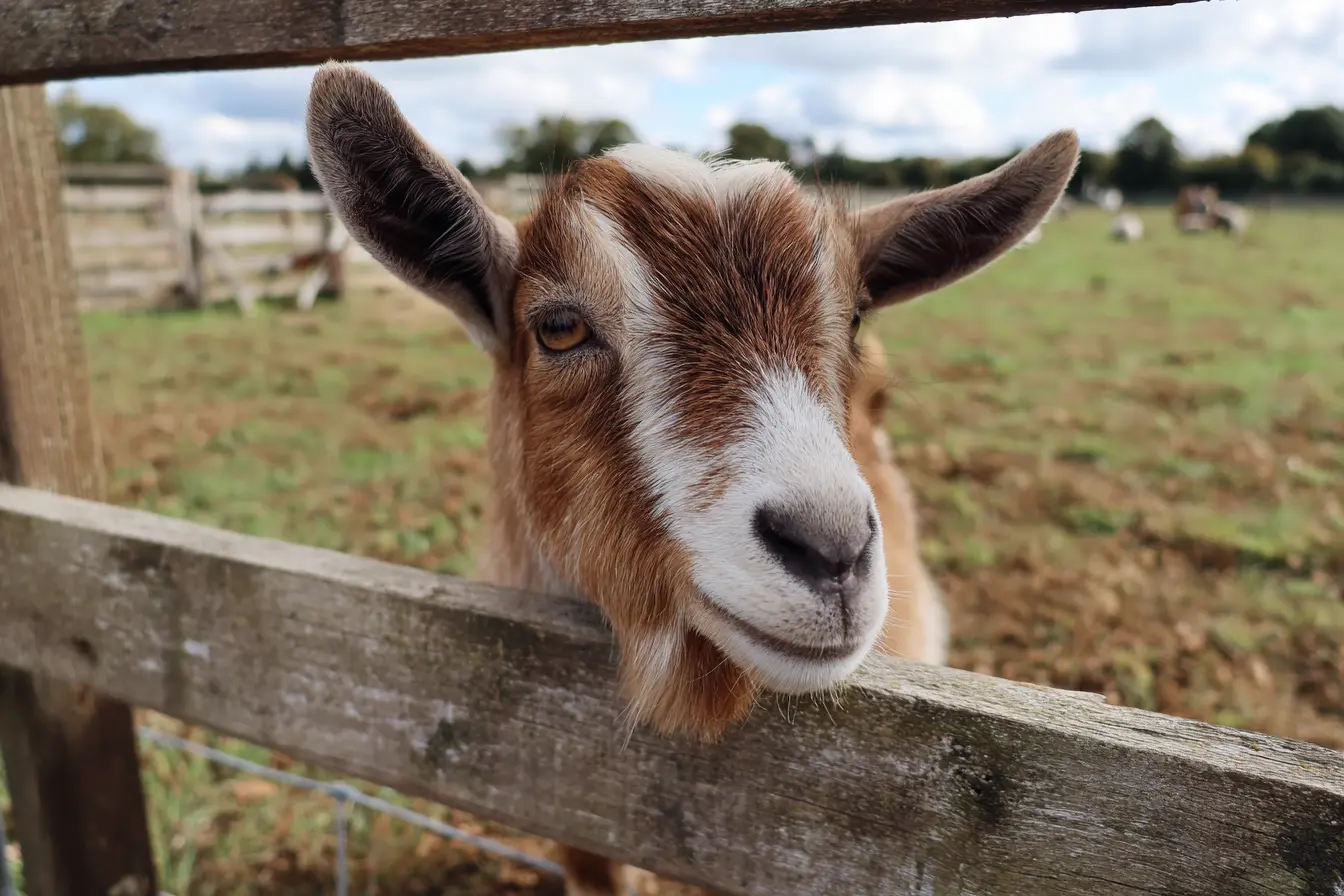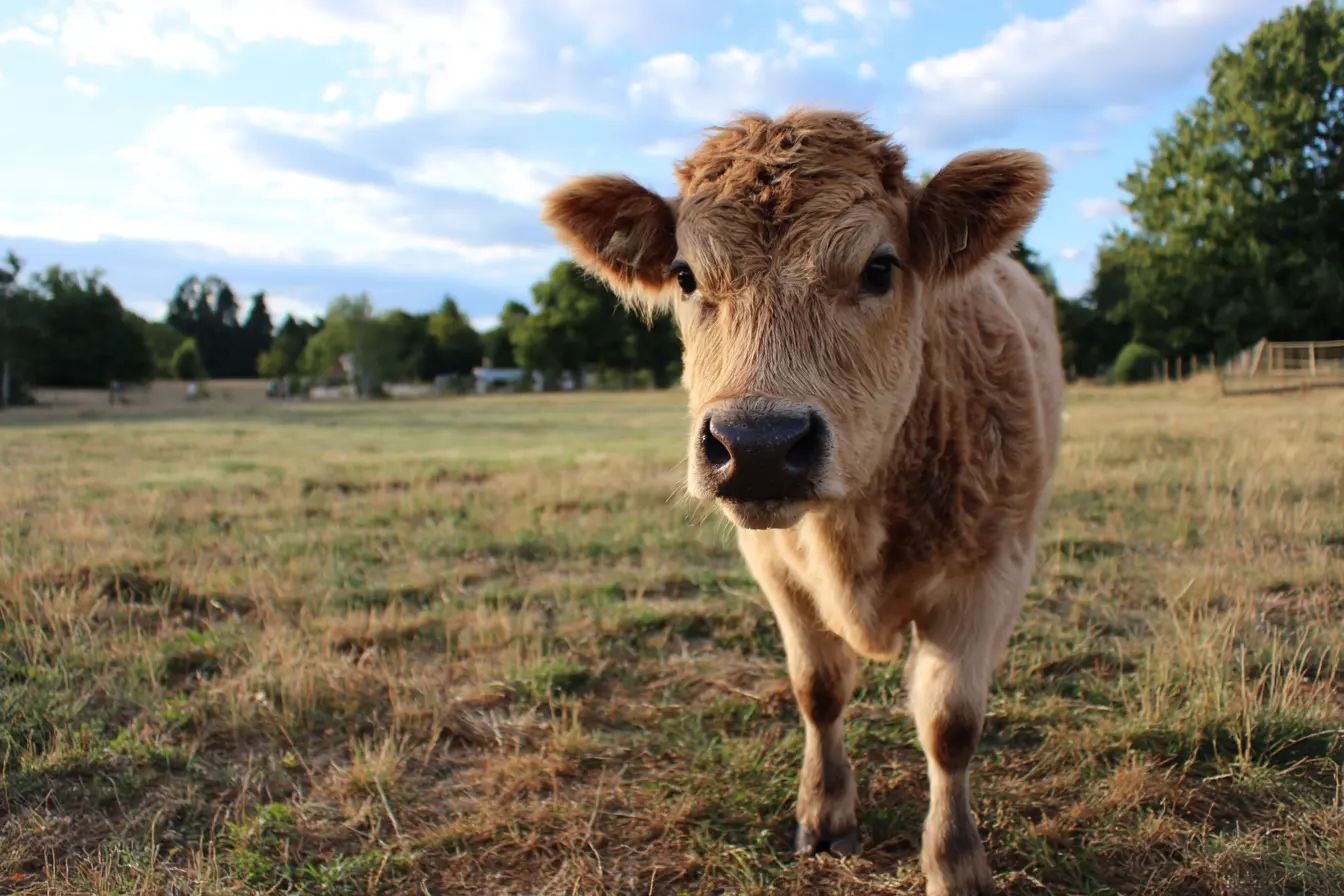
A Complete Guide to Malignant Oedema in Sheep
Malignant oedema is a serious, acute clostridial disease that affects sheep and other livestock. Caused by Clostridium septicum (and occasionally other clostridia such as Clostridium chauvoei, C. sordellii or C. novyi), it develops rapidly after wound contamination and often leads to sudden death.
Although less common than other clostridial diseases, malignant oedema poses a significant threat to sheep flocks in the UK due to the speed at which it progresses and the high mortality rate. This guide explains everything sheep farmers need to know about malignant oedema, including causes, symptoms, treatment, and prevention.
What is Malignant Oedema?
Malignant oedema is a wound infection caused by clostridial spores. These spores:
- Are widespread in soil, manure, and on the skin and wool of animals.
- Survive for years in the environment.
- Multiply rapidly in damaged or oxygen-poor tissue.
- Release toxins that destroy muscle and tissue, producing gas and fluid.
The disease is non-contagious but can affect multiple animals in a flock if wounds are contaminated during routine management procedures or from environmental exposure.
Causes and Risk Factors
Sheep are particularly at risk of malignant oedema when:
- Wounds are present: cuts, abrasions, or punctures contaminated with soil or faeces.
- Routine procedures: docking, castration, ear tagging, shearing cuts, or injections with unsterile equipment.
- Lambing injuries: wounds sustained by ewes or lambs during birth.
- Trauma: bruising or muscle damage caused by handling, fighting, or accidents.
- Dirty environments: damp bedding, muddy fields, or unhygienic pens.
- Lack of vaccination: unprotected animals are much more susceptible.
Unlike blackleg, which often arises from dormant spores in muscle, malignant oedema almost always follows wound contamination.
Symptoms of Malignant Oedema
The disease progresses extremely quickly, usually within a few hours to two days of infection.
Typical signs include:
- Swelling around a wound or injury site.
- Hot, painful tissue that enlarges rapidly.
- Crepitus (a crackling feeling) under the skin caused by gas formation.
- Foul-smelling discharge from the wound.
- Depression, weakness, and loss of appetite.
- High fever.
- Rapid collapse and death, often within 24–48 hours.
Post-mortem findings often reveal:
- Dark, oedematous (fluid-filled) tissue with gas pockets.
- A rancid smell from affected areas.
- Rapid decomposition of the carcass.
Diagnosis
Diagnosis is usually based on history, symptoms, and post-mortem findings.
- History: recent wounds, lambing, shearing, or docking procedures.
- Signs: rapidly spreading swelling, crepitus, and systemic illness.
- Post-mortem: oedematous muscle tissue with gas and foul odour.
- Laboratory tests: bacterial culture or PCR may confirm Clostridium septicum or related species, though post-mortem lesions are often distinctive.
Treatment
Treatment of malignant oedema is difficult and rarely successful once clinical signs are advanced. However, in very early cases, veterinary intervention may include:
- High doses of broad-spectrum antibiotics such as penicillin.
- Surgical cleaning and removal of infected or necrotic tissue.
- Antitoxins (where available) to neutralise circulating toxins.
- Supportive therapy (fluids, pain relief, anti-inflammatories).
Despite intensive care, prognosis is usually poor, and most affected sheep die quickly.
Prevention
Vaccination
- The most effective and reliable prevention method.
- Multi-valent clostridial vaccines (5-in-1, 8-in-1, etc.) provide protection against malignant oedema as well as other clostridial diseases.
- Vaccination programme in the UK:
- Ewes: booster 4–6 weeks before lambing to protect both ewe and lambs (via colostrum).
- Lambs: vaccination from 6–12 weeks of age, with a second dose 4–6 weeks later.
- Annual boosters for all adults.
Good Husbandry Practices
- Maintain hygiene during shearing, docking, castration, and injections.
- Always use clean, sharp instruments and sterile needles.
- Disinfect wounds promptly and keep housing clean and dry.
- Avoid overcrowding, which increases the risk of injury and contamination.
- Dispose of carcasses properly to prevent further environmental contamination.
Economic and Welfare Impact
- Welfare: Malignant oedema causes rapid and painful illness, making it a major welfare concern.
- Economic losses: Sudden death of ewes or lambs, veterinary costs, and lost productivity.
- Prevention vs cost: Vaccination is inexpensive compared to the significant losses caused by an outbreak.
When to Seek Veterinary Help
Contact a vet immediately if:
- Sheep develop rapidly spreading swelling or lameness after wounds or procedures.
- Multiple animals become ill or die suddenly following lambing or shearing.
- You need guidance on clostridial vaccination schedules.
Conclusion
Malignant oedema in sheep is a devastating but preventable disease. Caused by Clostridium septicum and related bacteria, it follows wound contamination and progresses quickly to death. Treatment is rarely effective, but vaccination, good hygiene, and prompt wound care provide excellent protection.
For UK sheep farmers, a robust clostridial vaccination programme and careful management during routine procedures are essential to safeguard flock welfare and productivity.
Vets near you
Speciality vets
- Aquatics vet specialists
- Birds vet specialists
- Camelids vet specialists
- Cats vet specialists
- Cattle vet specialists
- Deer vet specialists
- Dogs vet specialists
- Equines vet specialists
- Exotic vet specialists
- Goats vet specialists
- Pigs vet specialists
- Poultry vet specialists
- Sheep vet specialists
- Small Mammals vet specialists
- Wild vet specialists



